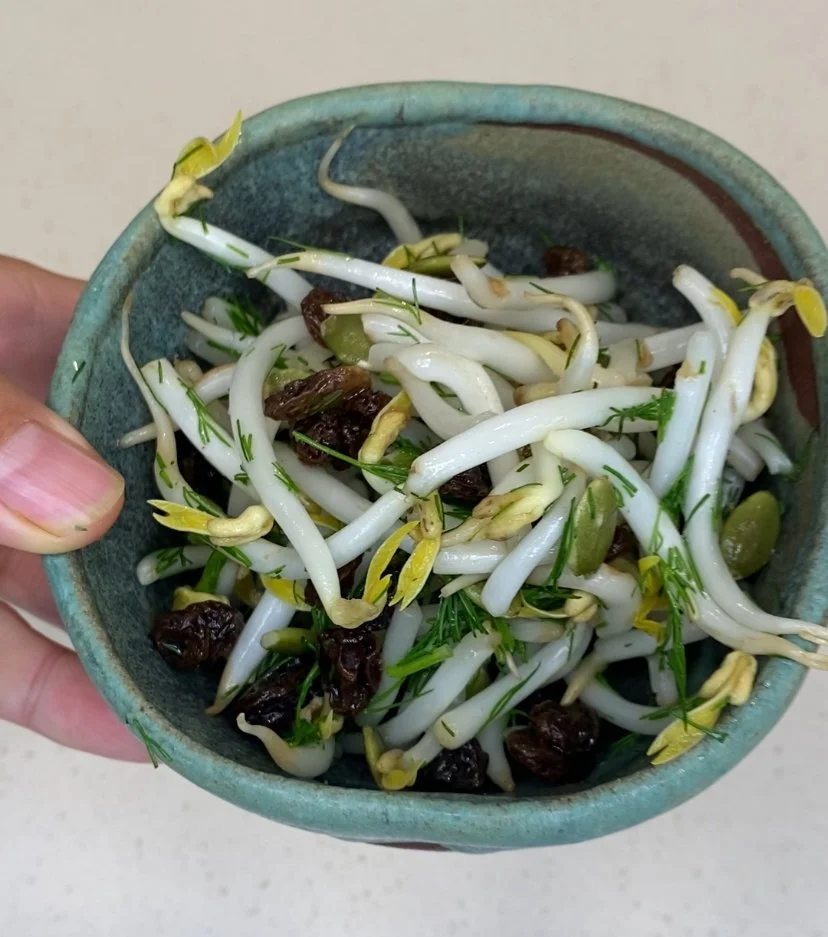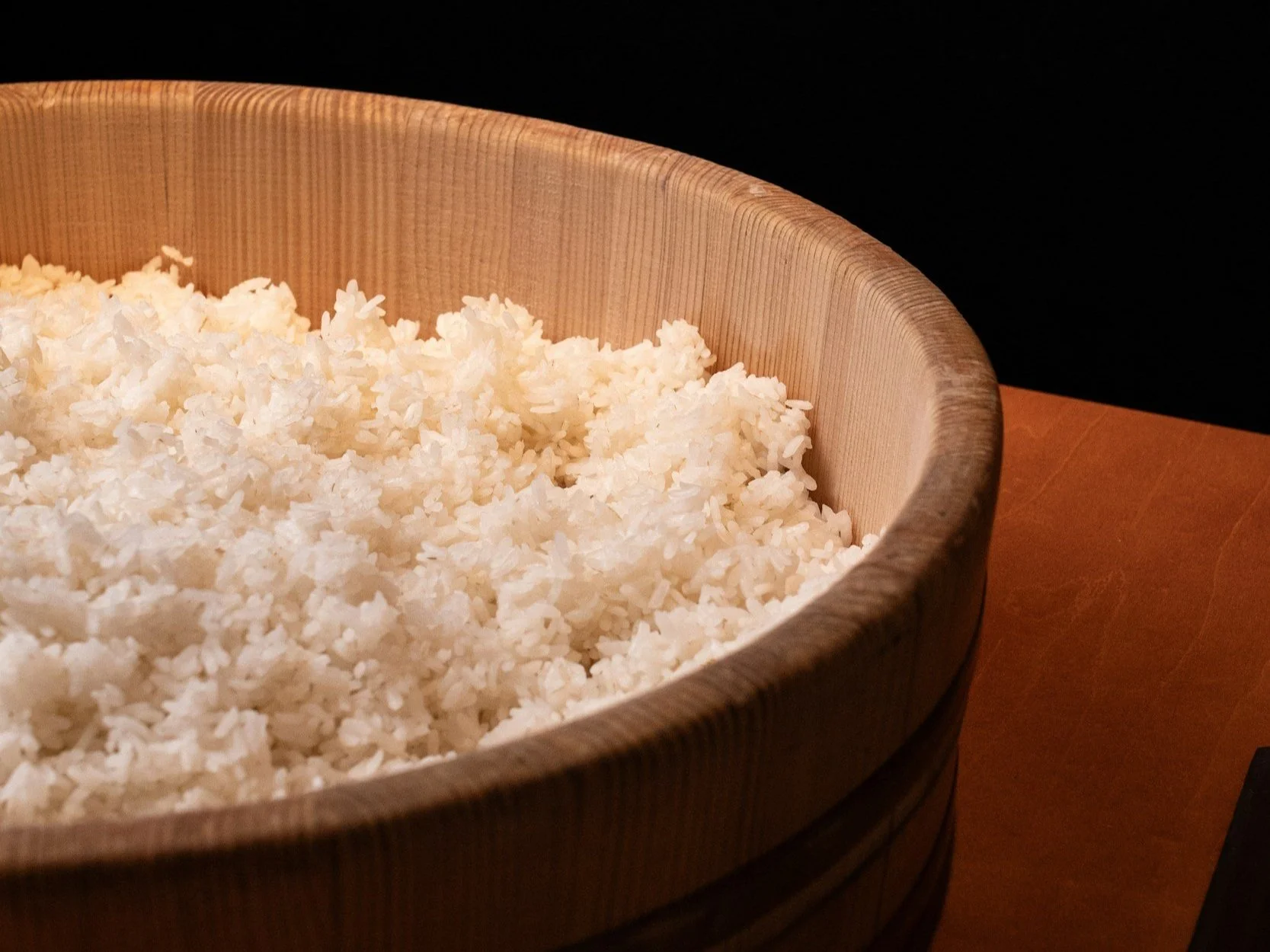In Ayurveda, food is far more than sustenance, it is medicine. And there may be no dish more revered for its healing potential than Khichadi. Simple, warm, and easily digestible, khichadi is considered the ultimate sattvic food: grounding for the body, calming to the mind, and soothing to the digestive system. It is the go-to meal in Ayurvedic cleansing, seasonal transitions, and recovery periods, offering a reset for the system without deprivation.
While springtime khichadis are typically light and focused on bitter and astringent vegetables to help break up excess Kapha, autumn calls for something different.
As the wind picks up, the air becomes dry, and temperatures start to cool, Vata and residual Pitta become more dominant in the atmosphere, and in our bodies. The key to balance in this season is to nourish, ground, and gently soothe the digestive fire while staying warm and calm. This is where this butternut squash khichadi truly shines.
Why Butternut Squash Khichadi for Fall?
Autumn is a time of depletion and vulnerability in the body, especially for those with a Vata or Pitta constitution. After the high heat and intensity of summer (Pitta season), the system is often left dry, depleted, or overworked. Then as Vata increases in the environment (with its cold, dry, mobile, and light qualities), we need to buffer ourselves with warmth, nourishment, and steadiness.
Enter: butternut squash, a sweet, grounding, and gently fibrous vegetable that is easy to digest and rich in prana. Paired with split moong dal and basmati rice, this dish is not only tridoshic (balancing for all three Doshas when prepared correctly), but deeply supportive of immunity, gut health, and nervous system resilience.
Healing Properties of Key Ingredients
Each ingredient in this dish carries a purpose and a potency:
Moong Dal & Basmati Rice: This classic Ayurvedic pairing offers high-quality plant protein and easily digestible starch. Moong is particularly prized for being light yet nourishing, and basmati rice adds the grounding, sweet quality needed to calm Vata.
Turmeric: Revered in Ayurveda for thousands of years, turmeric is deepana (stimulates digestion), rakta shodhaka (cleanses the blood), and shothahara (reduces inflammation). It’s ideal for post-summer tissue repair and immune support.
Fennel, Cumin, Coriander, and Mustard Seeds: These dipana (digestive fire–enhancing) spices are essential in autumn when Agni (digestive fire) can become irregular. They reduce gas, support absorption, and warm the belly without overheating the system.
Ginger: This warming, pungent rhizome is both vata-shamaka (Vata-pacifying) and kaphahara (Kapha-reducing). It supports healthy circulation, improves appetite, and fights inflammation.
Butternut Squash: Naturally sweet, moist, and heavy, this gourd is perfect for counteracting the dry, mobile, and erratic qualities of Vata. It's also rich in vitamins A and C, essential for immune support as we move toward colder months.
Cardamom & Fennel: These slightly sweet, cooling digestive spices help offset any excessive heat from the other ingredients, making the dish well-balanced and easy on the stomach.
Fall Khichadi Recipe with Butternut Squash
Prep Time: 10 minutes
Cook Time: 50 minutes
Servings: 6–8
Ingredients:
2 cups basmati rice
1 cup split yellow moong dal (mung beans)
2 tsp ghee
6½ cups water (add more as needed for desired consistency)
1 butternut squash, peeled and chopped
1” fresh ginger root, grated
¼ tsp turmeric powder
½ tsp ground cumin seed
½ tsp ground coriander seed
½ tsp ground cardamom
½ tsp ground fennel seed
½ tsp salt (adjust to taste)
Optional: small pinch of black pepper or hing for extra digestive support
Instructions:
Rinse the rice and dal thoroughly until water runs clear. This removes excess starch and improves digestibility.
In a large pot, warm the ghee on low heat. Add turmeric, mustard seed, fennel, cumin, coriander, and cardamom. Sauté gently for 1–2 minutes, allowing the spices to bloom.
Stir in the rinsed rice and moong dal. Toast lightly for 3–4 minutes to coat in the spice-infused ghee.
Add the grated ginger and chopped butternut squash, stirring gently to combine.
Pour in the water and add salt. Bring the mixture to a boil.
Reduce heat to low, cover, and simmer for 30–35 minutes. Stir occasionally and check for consistency. Add more water if needed.
Simmer another 10–15 minutes until the dal and rice are fully softened and the khichadi has a porridge-like texture.
Taste and adjust seasoning. Serve warm, garnished with fresh cilantro or a spoonful of ghee, if desired.
Tips and Variations:
You may substitute any seasonal squash or gourd for the butternut squash, delicata, acorn, or even pumpkin.
Add a handful of chopped leafy greens (like kale or chard) in the final 10 minutes for extra minerals.
For more grounding, stir in ½ tsp of ashwagandha powder at the end of cooking (consult your Ayurvedic practitioner before use).
Add a splash of fresh lime juice before serving to awaken the digestive system.
Ayurvedic Guidance for Eating Khichadi
Eat khichadi warm and freshly prepared whenever possible, especially during fall. Cold or reheated food can aggravate Vata.
Take a few deep breaths before eating to calm the nervous system and enhance digestion.
Chew slowly and eat in a quiet, undistracted setting, this enhances both assimilation and nourishment.
Enjoy with a small cup of cumin-fennel tea to support Agni and reduce post-meal bloating.
Nourishment for Body, Mind, and Spirit
This butternut squash khichadi is more than a comforting bowl of food, it is a medicine of the season, a balm for the belly, and a reminder that healing can be both gentle and delicious. As we move into the cooler months, may this dish support your inner fire, calm your mind, and bring warmth to your autumn days.
Let your kitchen be your pharmacy, your breath be your guide, and your food your ally.
Disclaimer
The sole purpose of these articles is to provide information about the tradition of Ayurveda. This information is not intended for use in the diagnosis, treatment, cure or prevention of any disease.






















